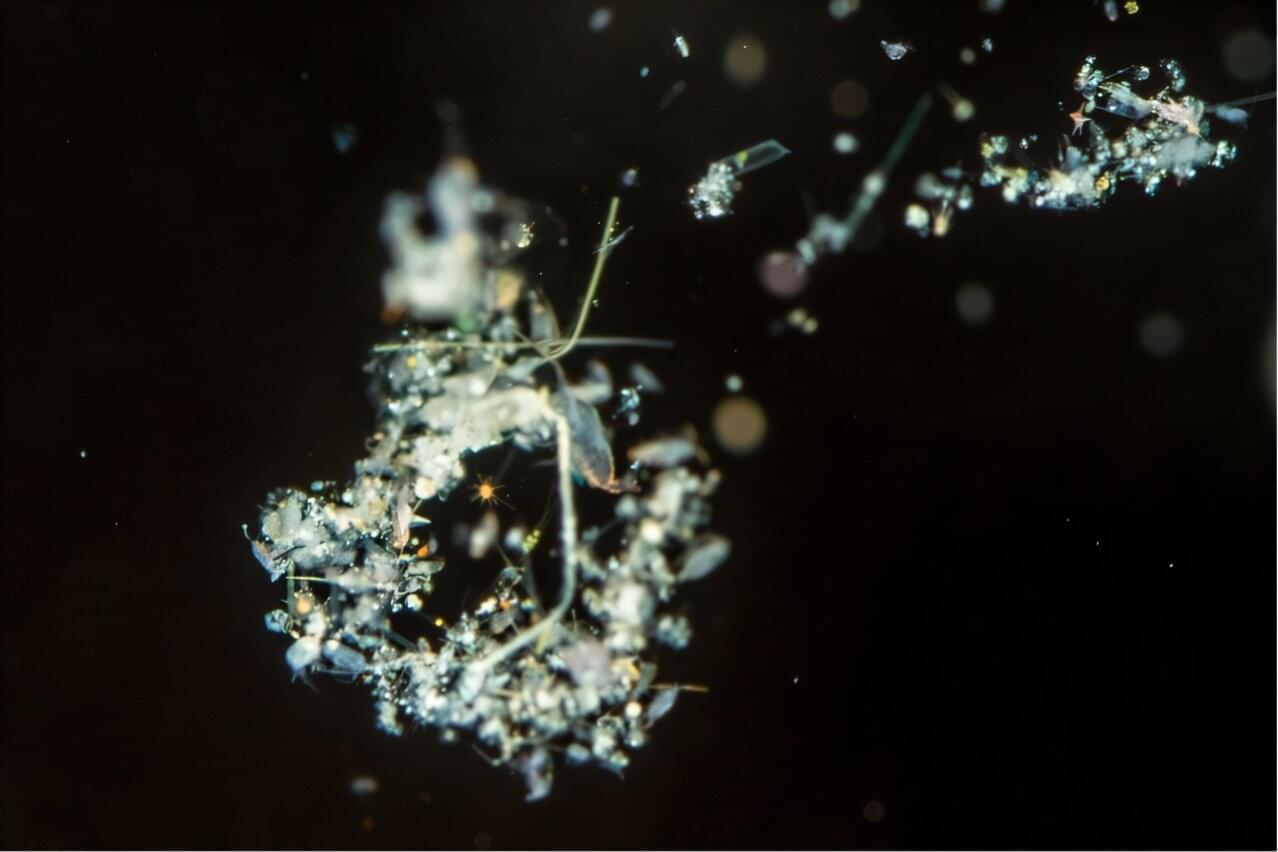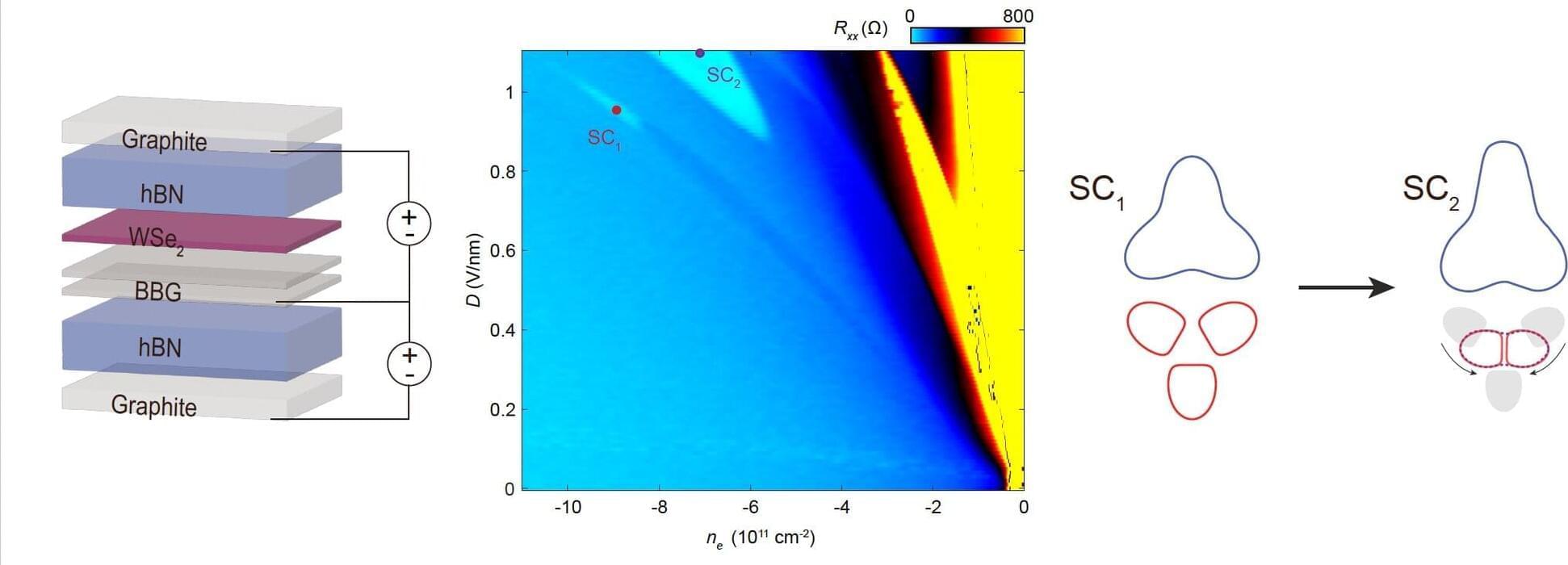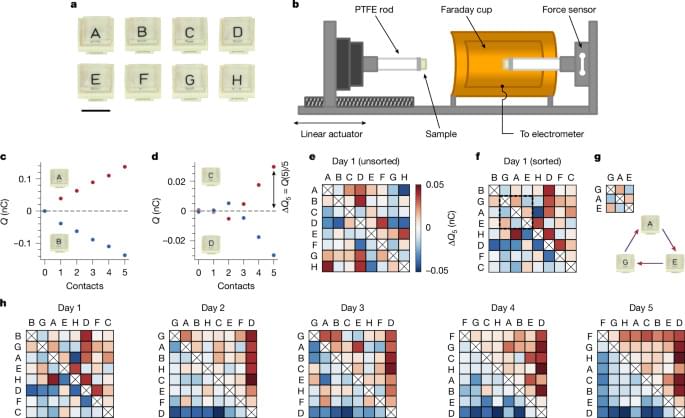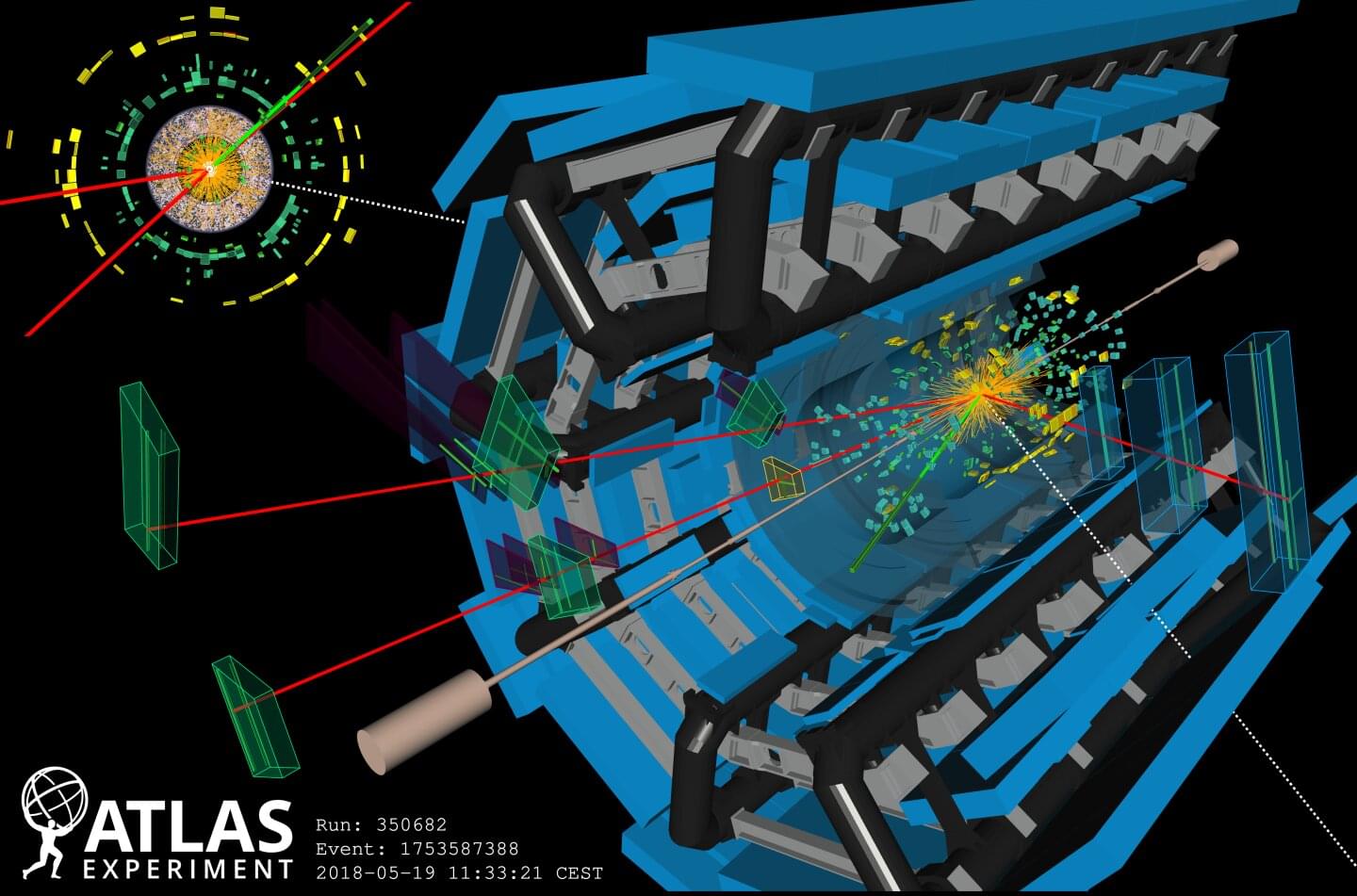It has puzzled scientists for years whether and how bacteria, that live from dissolved organic matter in marine waters, can carry out N2 fixation. It was assumed that the high levels of oxygen combined with the low amount of dissolved organic matter in the marine water column would prevent the anaerobic and energy consuming N2 fixation.
Already in the 1980s it was suggested that aggregates, so-called “marine snow particles,” could possibly be suitable sites for N2 fixation, and this was recently confirmed. Still, it has been an open question why the bacteria carrying out this N2 fixation can be found worldwide in the ocean. Moreover, the global magnitude and the distribution of the activity have been unknown… until now.
In a new study, researchers from the Leibniz Centre for Tropical Marine Research in Germany, Technical University of Denmark, and the University of Copenhagen demonstrate, by use of mechanistic mathematical models, that bacteria attached to marine snow particles can fix N2 over a wide range of temperatures in the global oceans, from the tropics to the poles, and from the surface to the abyss.






